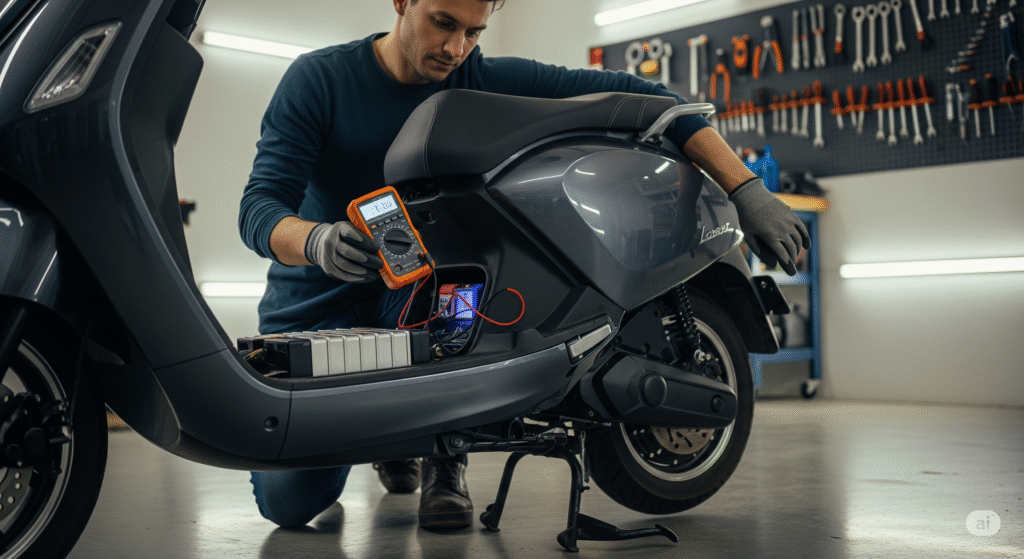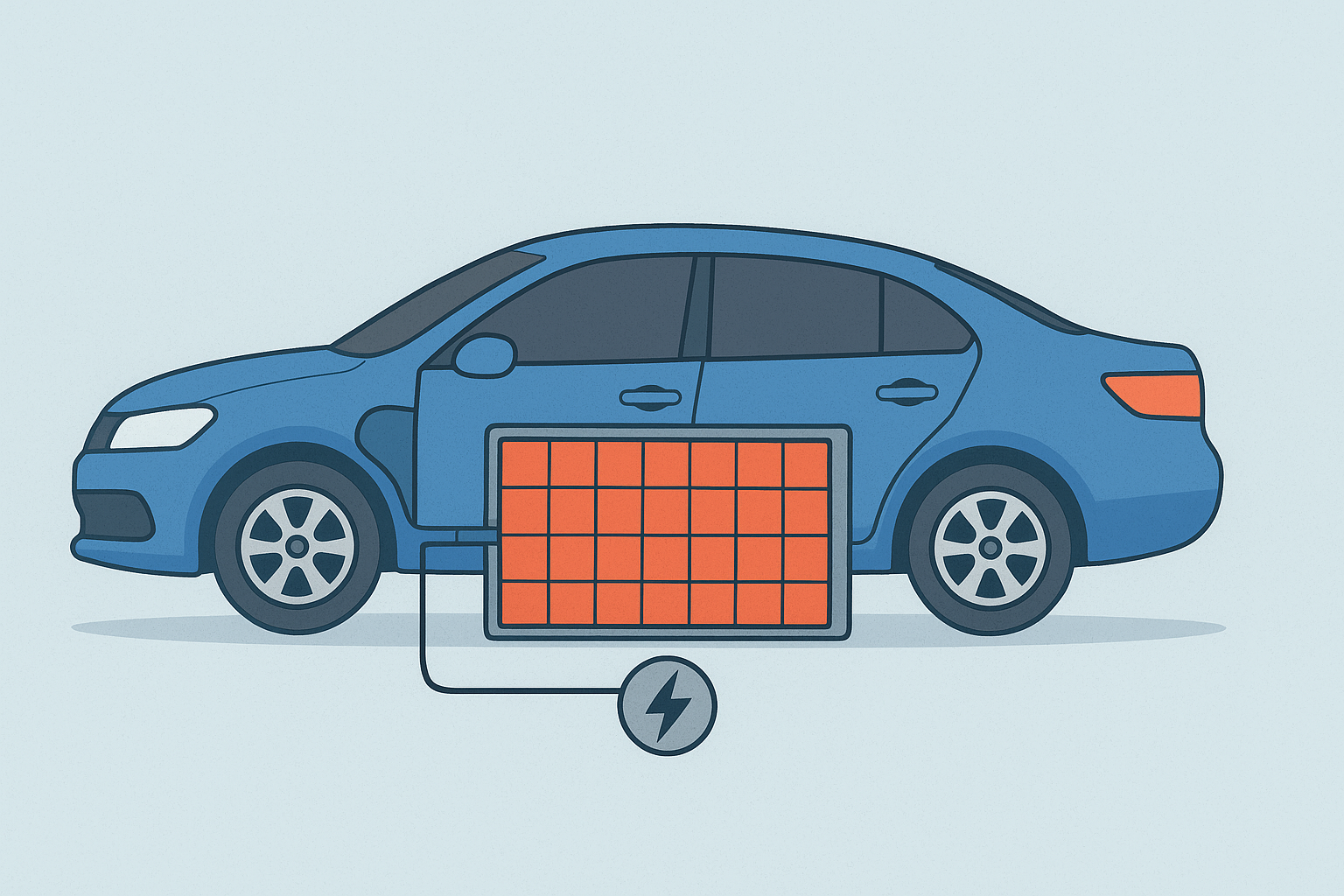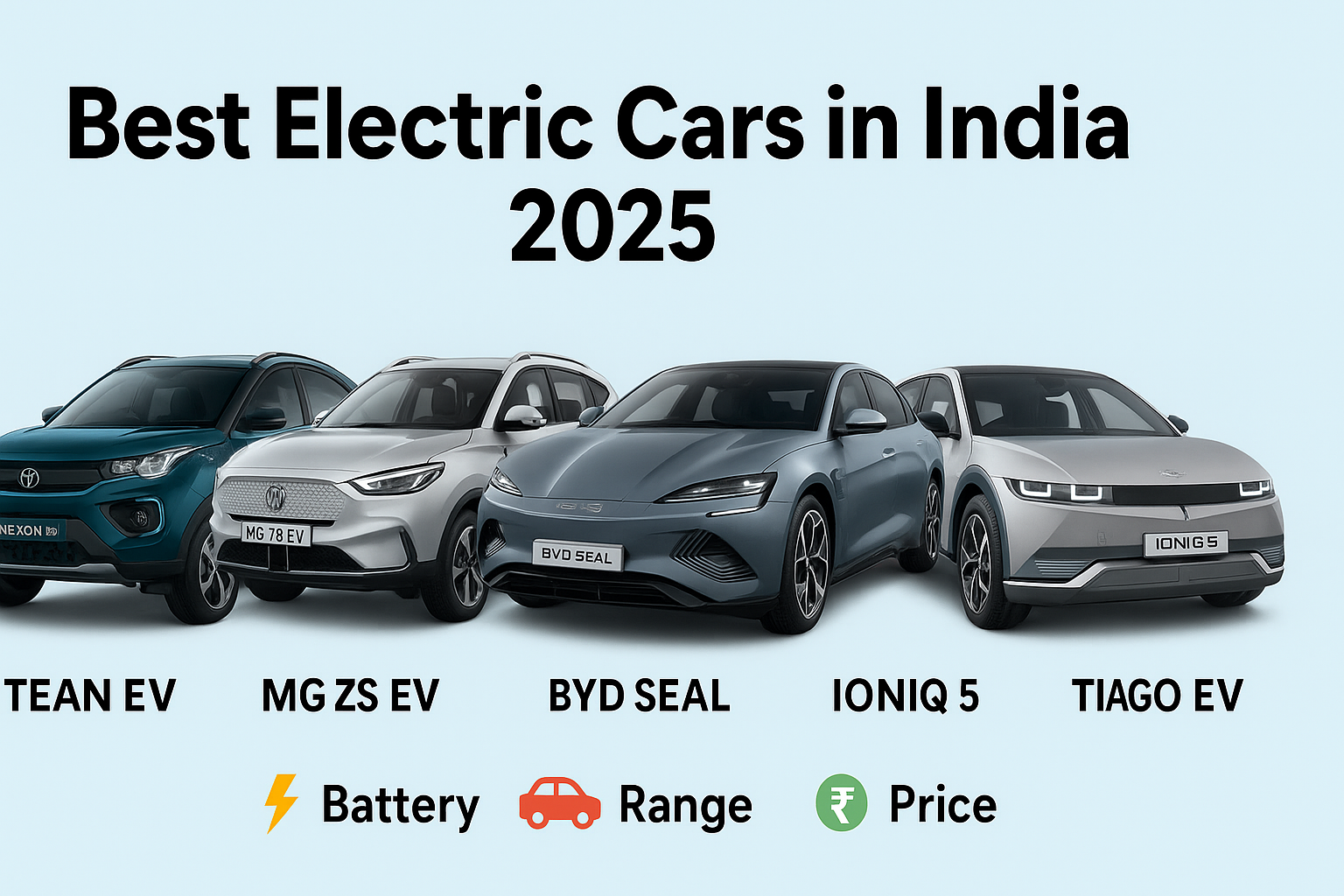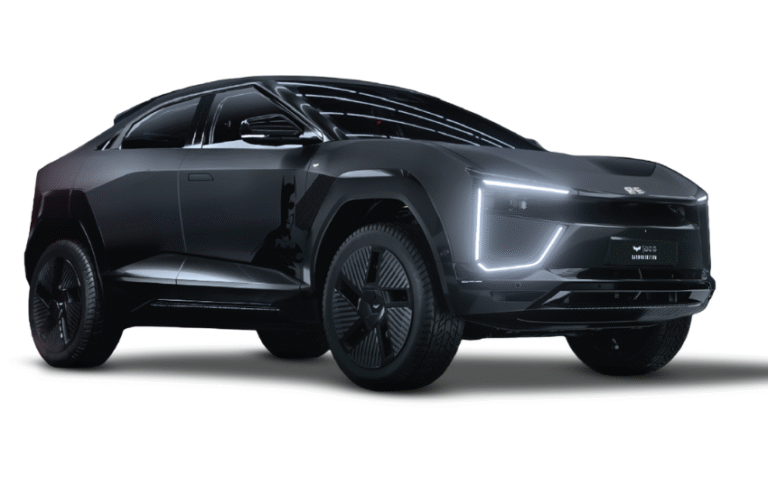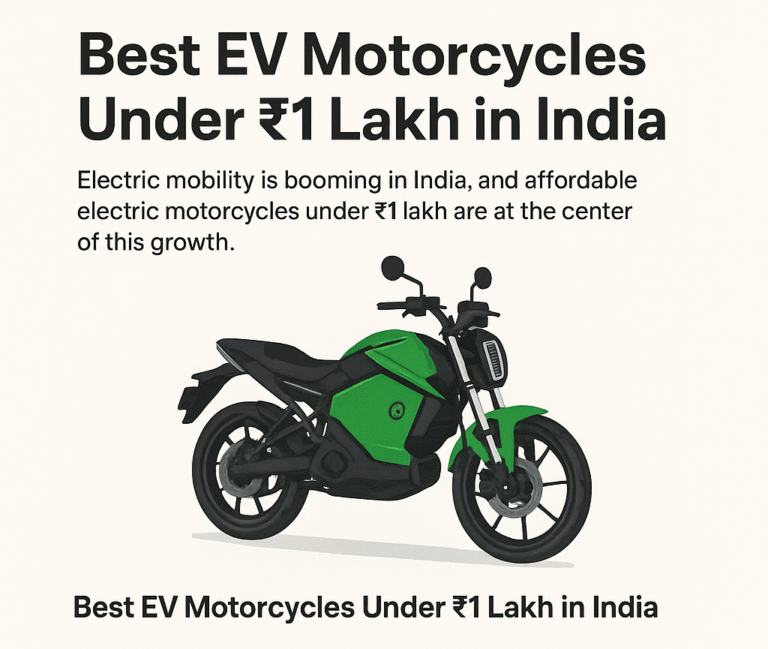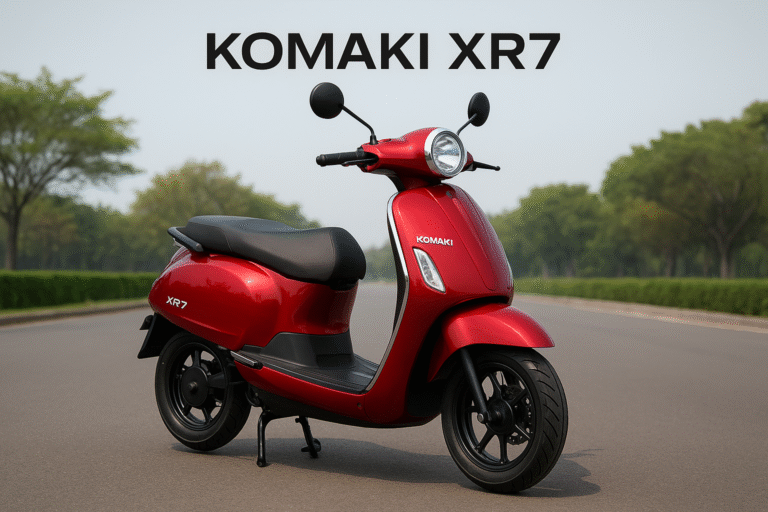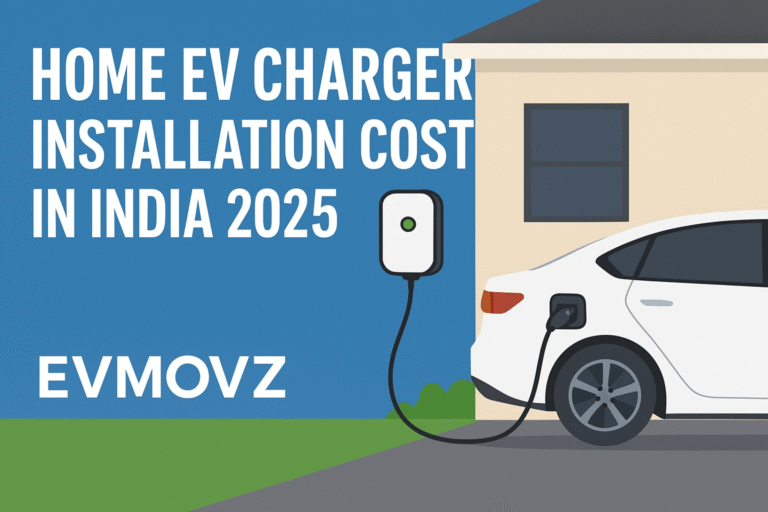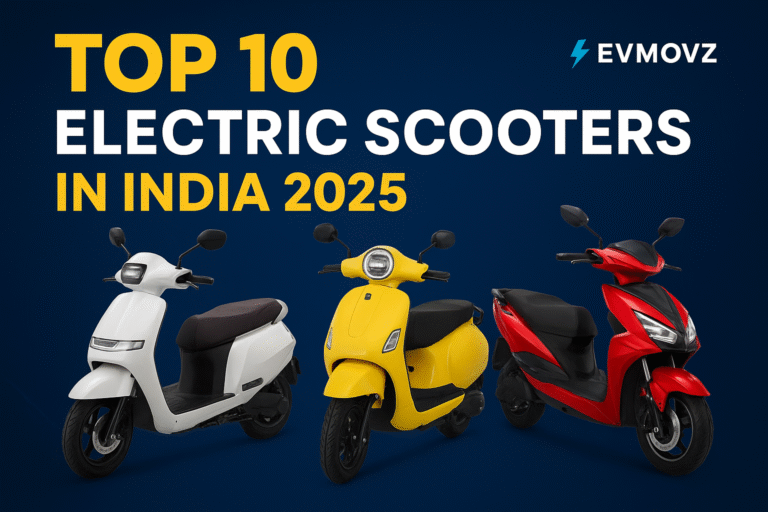Buying a used electric scooter can be a smart, cost-effective, and eco-friendly decision. It allows you to enter the world of electric mobility without the hefty price tag of a new vehicle. However, unlike a traditional scooter, an EV has specific components that require careful inspection. To help you make a confident and informed purchase, here is a detailed blog post on what to look for when buying a second-hand EV scooter.
The Heart of the Scooter: The Battery
The battery is the single most expensive component of an electric scooter. Its health directly impacts the vehicle’s range, performance, and overall value. A degraded battery can lead to costly replacements, so this should be your primary focus.
Check the “State of Health” (SoH): Many modern EV scooters and e-bikes have a digital display or an accompanying app that shows the battery’s “State of Health” as a percentage. A higher percentage (closer to 100%) indicates a healthier battery. If the scooter doesn’t have this feature, ask the seller for a report from an authorized service center.
Inspect for Physical Damage: Look for any signs of physical damage to the battery casing, such as cracks, dents, or swelling. Check the charging port and terminals for any corrosion or burn marks. For scooters with a removable battery, take it out and inspect it thoroughly.
Ask About Charging Habits: The way a battery is charged and maintained significantly affects its lifespan. Ask the seller about their charging routine. A battery that was regularly charged overnight and not frequently run down to zero percent will likely be in better condition.
Perform a Real-World Range Test: A test ride is crucial. See how quickly the battery percentage drops during your ride. A fully charged battery might show an impressive range on the dashboard, but if it depletes rapidly, it’s a clear sign of degradation.
The Powerhouse: The Motor and Electronics
While less prone to issues than a traditional internal combustion engine, the electric motor and the scooter’s electronics still need to be checked.
Listen for Unusual Noises: During your test ride, pay close attention to any unusual sounds. Listen for grinding, whining, or rattling from the hub motor or belt drive (if applicable). A smooth, quiet operation is what you’re looking for.
Test the Throttle and Brakes: The throttle should feel responsive and smooth, without any lag or sudden jerks. The brakes, both physical and regenerative (if present), should be effective and reliable.
Inspect all Electricals: Test every electronic component on the scooter. This includes the headlights, taillights, turn signals, horn, and the dashboard display. Ensure all buttons and switches are working as they should. Check for any exposed or damaged wiring.
The physical condition of the scooter can reveal its history and how well it has been cared for.
Examine the Frame and Chassis: Look for signs of accident damage, such as bent forks, uneven panel gaps, or cracks in the frame. Pay close attention to areas that are prone to stress, like the swingarm and suspension mounting points.
Check Suspension and Tires: Push down on the handlebars and the rear seat to test the suspension. It should compress and rebound smoothly without any strange noises. Inspect the tires for tread depth and any signs of wear, such as cracks or punctures. Uneven tire wear can indicate alignment issues.
Look for Rust and Corrosion: While an electric scooter doesn’t have a fuel tank that can rust, you should still check for rust and corrosion on the frame, fasteners, and other metal components, especially if the scooter was used in a humid or coastal area.
The Paper Trail: Documentation and Ownership Transfer
This is a critical, and often overlooked, part of the purchase process. Without the proper documents, you could face significant legal hassles.
Verify all Documents: Ensure the seller has all the necessary legal documents. This includes the original Registration Certificate (RC), a valid insurance policy, and the Pollution Under Control (PUC) certificate. A complete service history booklet is also a valuable asset.
Check for Ownership and Liens: Verify that the seller is the registered owner of the scooter and that there are no pending dues or legal issues. If the scooter was purchased on a loan, make sure the seller provides a No Objection Certificate (NOC) from the bank and a stamped Form 35 to confirm the loan has been repaid.
Understand the Ownership Transfer Process: The ownership transfer process typically involves both the buyer and seller visiting the local Regional Transport Office (RTO) or using an online portal. Be prepared to fill out forms (Form 29 and 30 are common), submit documents, and pay the transfer fees.

